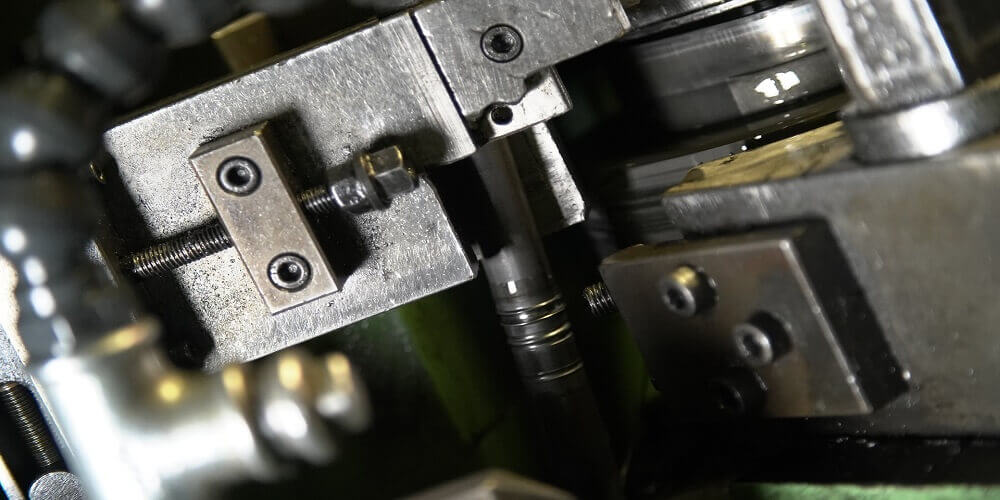Forging is one of the oldest processes as regards to metalworking, and it is widely used and very effective till this day. The main aim of forging is to create raw metal without melting the material completely. The metal is still in its solid form while the manufacturer performs a series of techniques like rolling, pressing, hammering, etc.
The forging process, compared to other metalworking techniques, creates the best and most desirable results. Furthermore, the products made from this process have a high degree of tensile strength, which is an economic advantage to manufacturers because it increases its price. These beneficial properties come from the metal’s grain structure.
Do you want to know more about the forging process? Keep reading.
What the forging process is all about
There are several types and subtypes of forging processes, so the procedures involved in creating a particular product may be different from another. However, most procedure follow the same line:
- Forging depends on dies to compress and shape the metal workpiece. The manufacturer should know what tools will be needed to create a particular shape. In most cases, the manufacturer may need to create custom die designs so that they fit the customer’s expectations.
- After planning the work structure and outlining the tools, the work can begin. The workpiece would be cut to size and heated to the proper temperature.
- At this point, it is left to the manufacturer to decide the forging process they want. But whichever process that is chosen, the workpiece will be pressed between two dies, inserted into a cavity, and squeezed. If they are going with cold forging, they may have to leave the workpiece at room temperature so that it can be manually shaped with hammers.
- Now is time for the finishing work. This depends on the forging process used. For instance, dies will be trimmed off.
Now that you understand how the forging process works, what are the benefits of forging?
Keep reading to find out.
Pros of the forging process
Most manufacturers are usually confused about between using either casting and forging.
But the truth is, forged products have more advantages, especially if you want a product that is durable and strong. This is because forging changes the grain structure of the metal through solid compression and metal heating.
Then, the material goes through metallurgical recrystallization, which re-shapes or re-aligns the metal grains. After this process, the forged parts will have enhanced shear strength than cast or raw parts.
Other benefits include:
● Wide variety:
If you’re a manufacturer that’s confused about what process to use between casting and forging, you shouldn’t be. Both processes produce a wide array of materials, so you should go for one that will give you stronger products
● Uniform composition:
Forged products have better uniform composition compared to cast materials. This largely contributes to its effectiveness.
● Tensile strength:
Forged parts have higher tensile strength compared to cast materials.

